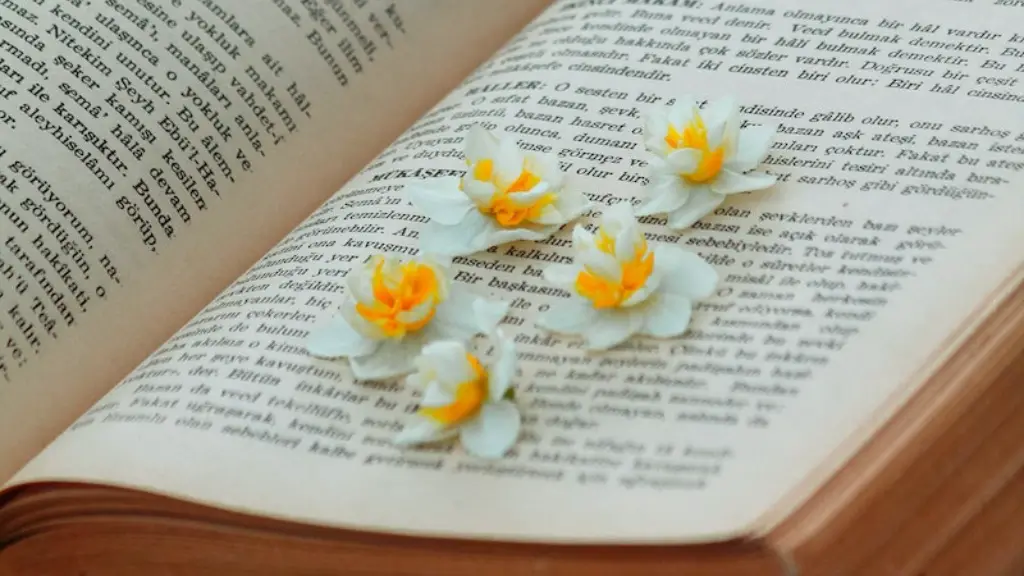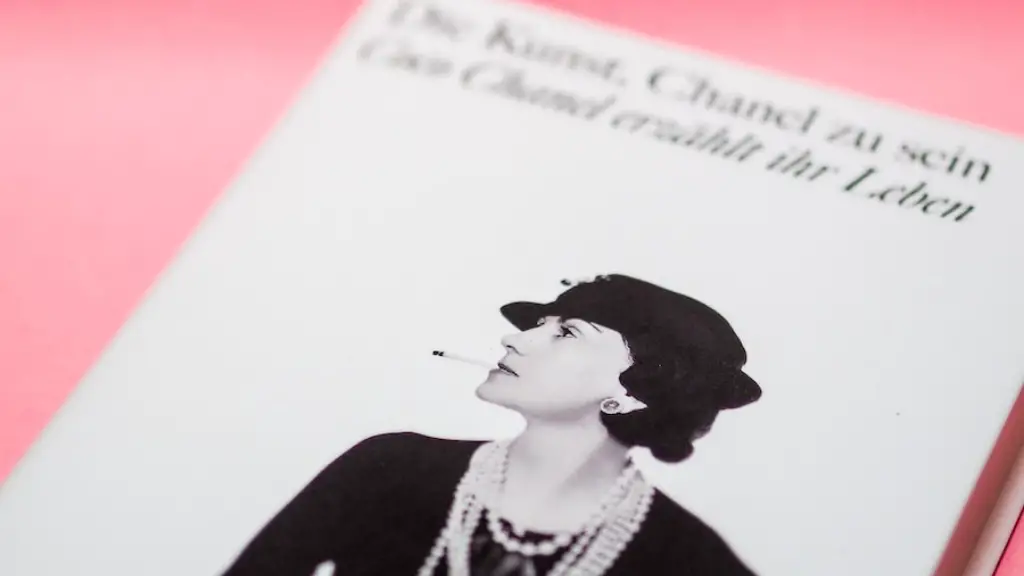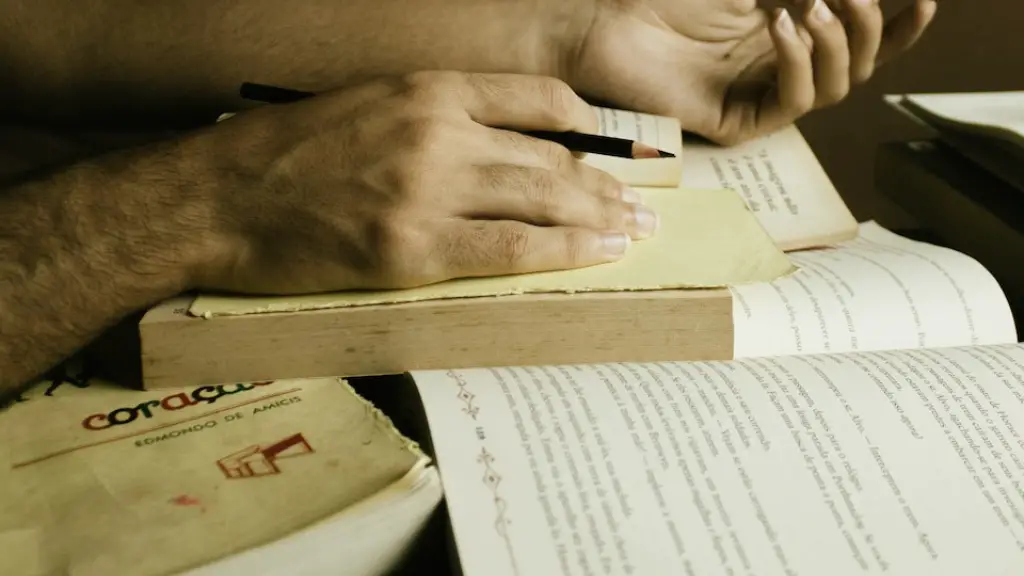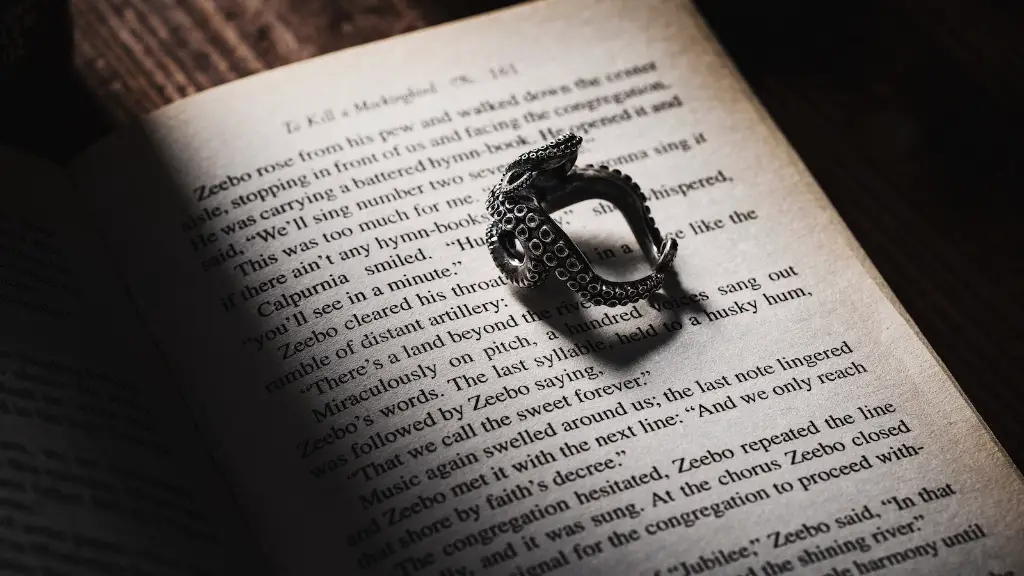Emily Dickinson had a complicated relationship with death. In some of her poetry, she romanticizes death and sees it as a release from the struggles of life. In other poems, she is more ambivalent about death, unsure about what happens after we die. Throughout her poetry, however, it is clear that Dickinson saw death as a natural part of life, something that we all must face eventually.
Emily Dickinson viewed death as a natural and inevitable part of life. She believed that death was not something to be feared or avoided, but something to be accepted as a part of the human experience. Dickinson believed that death was a transition from one life to the next, and that it was ultimately a good thing.
What does Emily Dickinson feel about death?
Dickinson is a religious person who believes in the inevitability of death and afterlife, but she is also a non-conformist. She is skeptical and curious about the nature of death, which is likely due to her transcendentalist beliefs. Transcendentalism is a philosophical movement that emphasizes the importance of the individual and the inherent goodness of people and nature. It’s likely that Dickinson’s transcendentalist beliefs led her to question the nature of death and what happens after we die.
In “Because I could not stop for Death,” Emily Dickinson portrays death as a person who is waiting for her to join him. She also compares death to its manners, saying that death is polite and has good manners. This is shown in line 8 “for his civility‐”. She says this to illustrate that death is polite and has good manners, even though this is not possible.
Was Dickinson scared of death
Dickinson’s view on death was never one of something to be feared. On the contrary, she almost romanized death, in her poem “Because I Could not Stop for Death”, personifying death while narrating from beyond the grave.
Dickinson’s poetry is often seen as morbid because she frequently writes about death. This is likely because death was a preoccupation of hers, especially given her New England culture which was heavily influenced by evangelical Christianity. This Christianity often asks questions about salvation, redemption, and the afterlife – all topics which Dickinson wrote about frequently.
Did Emily Dickinson believe in immortality?
Clearly, Emily Dickinson wanted to believe in God and immortality, and she often thought that life and the universe would make little sense without them. Possibly her faith increased in her middle and later years; certainly one can cite certain poems, including “Those not live yet,” as signs of an inner conversion.
The renowned American poet Emily Dickinson died of Bright’s disease in 1886. In her final days, she was only able to write brief notes to her niece. One of Dickinson’s final messages contained the words, “I must go in, the fog is rising.” These words have been interpreted in various ways, but most scholars agree that they reflect Dickinson’s acceptance of death.
What was the main message for Emily Dickinson?
Dickinson’s seclusion allowed her to focus on developing her poetry. Her poems addressed emotional and psychological states such as loneliness, pain, happiness, and ecstasy; death, often personified; religion and morality; as well as love and love lost.
Dickinson uses distinct images, such as a sunset, the horses’ heads, and the carriage ride to establish the cycle of life after death. The different stages of life are symbolized by a child, a field of grain, and a sunset. These symbols work together to create a clear picture of life after death.
What were the saddest last words in history
These are the 19 most famous last words of all time:
1. “I am about to die or I am going to die; either expression is used.”
2. “I must go in, the fog is rising.”
3. “It is very beautiful over there.”
4. “Looks like a good night to fly.”
5. “OH WOW”
6. “I want nothing but death.”
7. “Money can’t buy life.”
8. “Either that wallpaper goes, or I do.”
9. “I have come here to die.”
10. “Is it not meningitis?”
11. “We are all carbon copies of one another.”
12. “Drink to me.”
13. “Let us cross over the river and rest in the shade of the trees.”
14. “They couldn’t hit an elephant at this distance.”
15. “Now is the time for all good men to come to the aid of their country.”
16. “I have nothing to say.”
17. “I should never have switched from scotch to martinis.”
18. “Dying is easy, comedy is hard.”
19. “
Emily may have appeared strange to the residents of her hometown, but she was simply expresssing herself in the best way she knew how. She was probably quite shy and felt more comfortable in white clothing, which is why she chose to wear it most of the time. And while she may have been reclusive, she was probably just trying to avoid social interactions that made her feel uncomfortable. We should all respect Emily for being true to herself, even if it wasn’t always easy for her.
What are 3 interesting facts about Emily Dickinson?
Emily Dickinson is one of the most renowned poets in American history. Although only ten of her poems were published during her lifetime, her posthumous popularity has only grown in the years since her death. Here are some fascinating facts about her life and work.
Dickinson’s father was a United States Senator, and her family were devout Calvinists. Botany was a passion of hers from an early age, and she was known for her incredible reclusiveness. Several mysterious love affairs have been speculated, but no one knows for sure who (if anyone) she was truly in love with.
What is known for sure is that Dickinson was a talented and prolific writer. Her poems are still celebrated for their insight, beauty, and originality, and she remains one of the most beloved figures in American literature.
This is a beautiful poem about the journey of death. Dickinson uses the simple act of going on a carriage ride to personify Death and Immortality. She reflects on the reality of death and the stages of life that we go through. This is a powerful poem that makes us think about our own journey through life and death.
How did Emily Dickinson feel about slavery
In the midst of the nation’s division over the slavery, Dickinson’s attitude toward slavery and African American, like that of her contemporaries, was unstable and inconsistent. While Dickinson did not make political comments about slavery unlike Thoreau or Whitman, she was not totally indifferent to the issue. She was, however, more concerned with the personal aspects of slavery and the toll it took on the individual, rather than the political aspects.
Hope is a beautiful thing. It’s the light in the dark, the voice in the silence. It’s what gives us the strength to keep going when things are tough. And it’s what reminds us that, no matter what, things will eventually get better.
What is the most common last word?
It is interesting to note that the last word that people speak is often “mama.” This shows the importance of mothers in our lives. Even though we may not always realize it, our mothers are always there for us, and they are the people who we can count on the most.
Well, that was embarrassing. Turns out, my “categorical” statement was wrong and we ended up being more than friends. Famous last words, indeed.
What is the saddest word almost
“In the whole wide world” is a pretty big place. And “almost” is a pretty big deal when it comes to love. He was almost in love means he was pretty darn close.
The world is facing an unprecedented challenge with the COVID-19 pandemic. For many of us, our everyday lives have been turned upside down. We are being asked to stay home, practice social distancing, and limit our interactions with others.
For some, this may be a time of great reflection. What is most important to us? What do we need in our lives to be happy and fulfilled?
For Dickinson, self-isolation was a way to free herself to focus on her poetry. It was a way to simplify her life and focus on what was most important to her.
The choices we make during this time may be different from Dickinson’s, but the pandemic has given us all an opportunity to reflect on our lives and what is most important to us.
Warp Up
Emily Dickinson viewed death as the ultimate equalizer. In her poem “Because I Could Not Stop for Death,” she personifies death as a gentleman caller who takes her on a ride to her final resting place. She isn’t afraid of death, but rather sees it as the natural conclusion to life.
Based on her poetry, Emily Dickinson appears to have viewed death as a natural part of life that is to be accepted. She also seems to have believed that death is not the end, but rather a new beginning.





